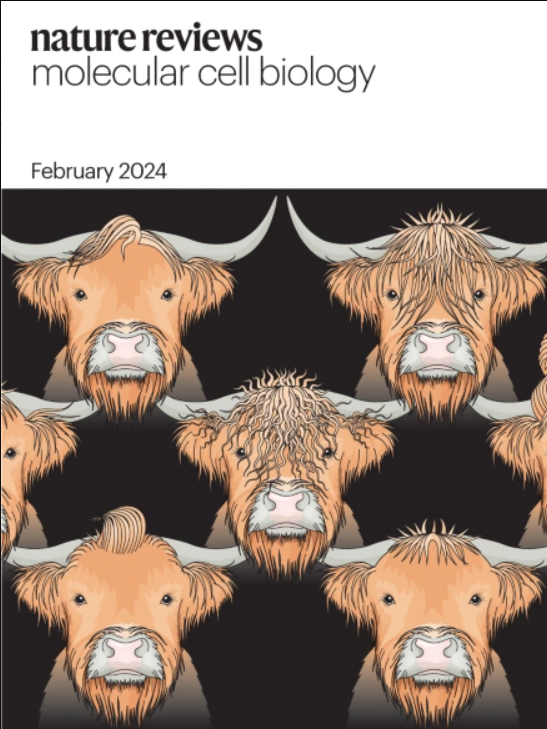通过多重蛋白定位揭示基因调控的复杂性
IF 90.2
1区 生物学
Q1 CELL BIOLOGY
引用次数: 0
摘要
在这篇贸易工具文章中,Goronzy (Guttman实验室)描述了ChIP-DIP的发展,ChIP-DIP是一种高通量、分裂池条形码方法,可以对数百种调节蛋白进行全基因组分析,从而改变了我们研究跨细胞类型和生物背景的基因活性调节的能力。本文章由计算机程序翻译,如有差异,请以英文原文为准。

Unravelling the complexity of gene regulation through multiplexed protein mapping
In this Tools of the Trade article, Goronzy (Guttman lab) describes the development of ChIP-DIP, a high-throughput, split-pool barcoding method that enables genome-wide profiling of hundreds of regulatory proteins, transforming our ability to study the regulation of gene activity across cell types and biological contexts.
求助全文
通过发布文献求助,成功后即可免费获取论文全文。
去求助
来源期刊
CiteScore
173.60
自引率
0.50%
发文量
118
审稿时长
6-12 weeks
期刊介绍:
Nature Reviews Molecular Cell Biology is a prestigious journal that aims to be the primary source of reviews and commentaries for the scientific communities it serves. The journal strives to publish articles that are authoritative, accessible, and enriched with easily understandable figures, tables, and other display items. The goal is to provide an unparalleled service to authors, referees, and readers, and the journal works diligently to maximize the usefulness and impact of each article. Nature Reviews Molecular Cell Biology publishes a variety of article types, including Reviews, Perspectives, Comments, and Research Highlights, all of which are relevant to molecular and cell biologists. The journal's broad scope ensures that the articles it publishes reach the widest possible audience.

 求助内容:
求助内容: 应助结果提醒方式:
应助结果提醒方式:


